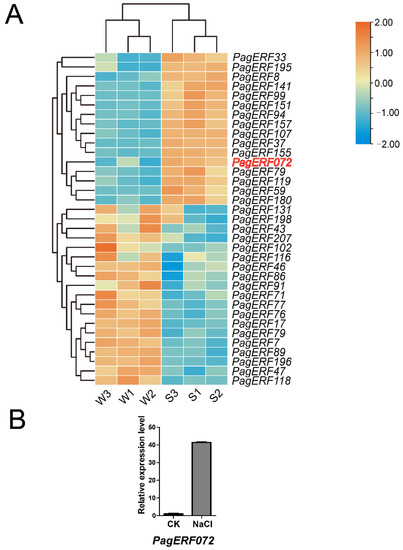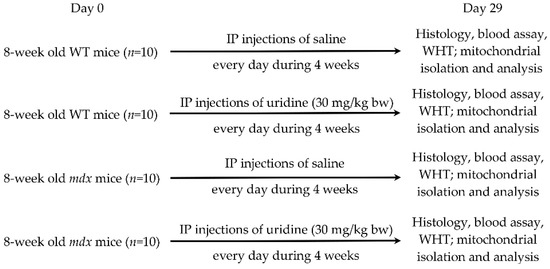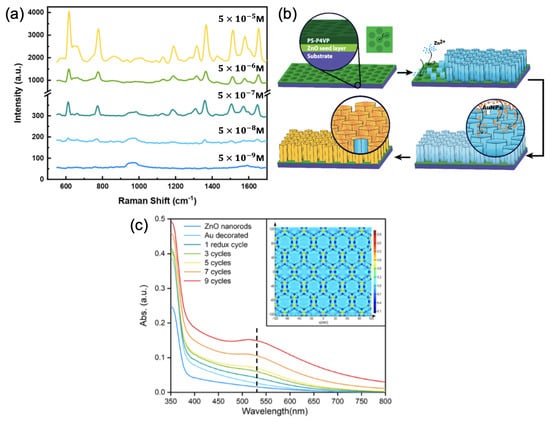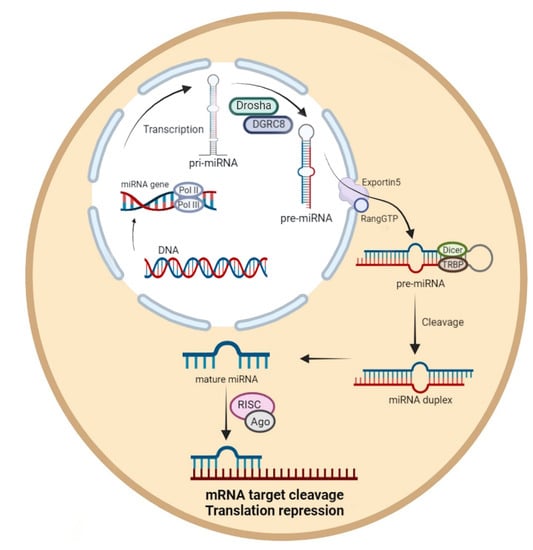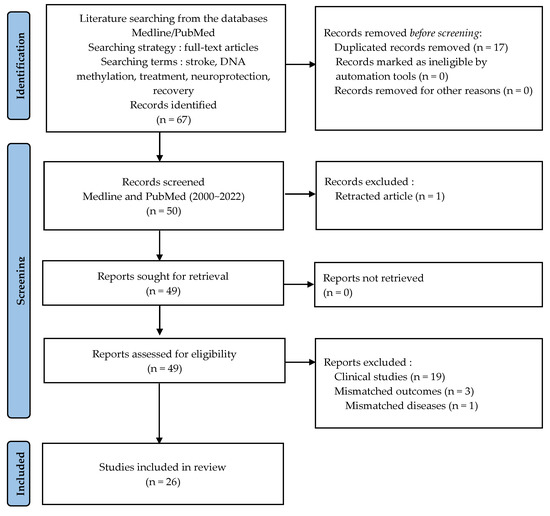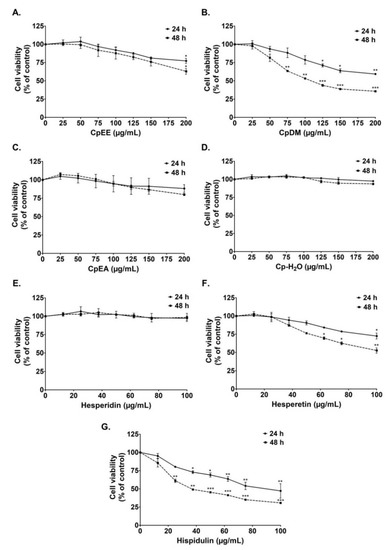Int. J. Mol. Sci. 2022, 23(18), 10707; https://doi.org/10.3390/ijms231810707 - 14 Sep 2022
Cited by 16 | Viewed by 2692
Abstract
Extreme environments, especially drought and high salt conditions, seriously affect plant growth and development. Ethylene-responsive factor (ERF) transcription factors play an important role in salt stress response. In this study, a significantly upregulated ERF gene was identified in 84K (Populus alba ×
[...] Read more.
Extreme environments, especially drought and high salt conditions, seriously affect plant growth and development. Ethylene-responsive factor (ERF) transcription factors play an important role in salt stress response. In this study, a significantly upregulated ERF gene was identified in 84K (Populus alba × P. glandulosa), which was named PagERF072. PagERF072 was confirmed to be a nuclear-localized protein. The results of yeast two-hybrid (Y2H) assay showed that PagERF072 protein exhibited no self-activating activity, and yeast one-hybrid (Y1H) demonstrated that PagERF072 could specifically bind to GCC-box element. Under salt stress, the transgenic poplar lines overexpressing PagERF072 showed improved salt tolerance. The activities of peroxidase (POD), superoxide dismutase (SOD) and catalase (CAT) in transgenic poplars were significantly increased relative to those of wild-type (WT) plants, whereas malondialdehyde (MDA) content showed an opposite trend. In addition, reactive oxygen species (ROS) was significantly reduced, and the expression levels of POD- and SOD-related genes were significantly increased in transgenic poplars under salt stress compared with WT. All results indicate that overexpression of the PagERF072 gene can improve the salt tolerance of transgenic poplars.
Full article
(This article belongs to the Special Issue Molecular Mechanisms of Abiotic Stress Responses in Trees)
►
Show Figures
